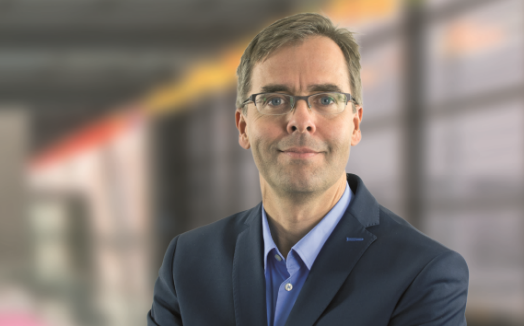Porous and Nanostructured Materials for Energy Storage, Transformation and Iontronics
SEMINAR
Biomaterials and Tissue Engineering Research Center
Shanghai Institute of Ceramics, Chinese Academy of Sciences
中中国科学院上海硅酸盐研究所生物材料与组织工程研究中心
State Key Laboratory of High Performance Ceramics
Shanghai Institute of Ceramics, Chinese Academy of Sciences
中国科学院上海硅酸盐研究所关键陶瓷材料全国重点实验室
Porous and Nanostructured Materials for Energy Storage, Transformation and Iontronics
Speaker:Prof. Stefan Kaskel
(Technical University Dresden, Germany)
报告时间:2025年09月05日(星期五)15:30
报告地点:长宁园区4号楼14楼第一会议室
联系人:朱钰方(52412804)、崔香枝(52412018)
Personal information:
 Prof. Stefan Kaskel is the Dean of Faculty, Chemistry and Food Chemistry, TU Dresden from 2021. He is also the Chair of Inorganic Chemistry I, TU Dresden and the Head of Business Unit, Fraunhofer IWS, Dresden. His research interests focus on modern inorganic materials from synthesis to characterization and application, including energy materials, environmental materials, light and surfaces as well as industrial inorganic chemistry. Especially in the field of Metal-organic Frameworks (MOFs), he is one of the most famous scientists in the world. To date, he has published >700 peer reviewed papers including Nature, Nat Chem, Nat Comm, Adv Mater, Angew Chem, et al. He has supervised 30 Postdocs, 90 PhD students (completed) and 24 PhD students (currently under my supervision).
Prof. Stefan Kaskel is the Dean of Faculty, Chemistry and Food Chemistry, TU Dresden from 2021. He is also the Chair of Inorganic Chemistry I, TU Dresden and the Head of Business Unit, Fraunhofer IWS, Dresden. His research interests focus on modern inorganic materials from synthesis to characterization and application, including energy materials, environmental materials, light and surfaces as well as industrial inorganic chemistry. Especially in the field of Metal-organic Frameworks (MOFs), he is one of the most famous scientists in the world. To date, he has published >700 peer reviewed papers including Nature, Nat Chem, Nat Comm, Adv Mater, Angew Chem, et al. He has supervised 30 Postdocs, 90 PhD students (completed) and 24 PhD students (currently under my supervision).
ABSTRACT:
Porous materials play a key role for the capture of gases such as CO2, air filtration for clean air, and the development of novel catalysts. Mobile and stationary energy storage applications fueled by batteries and supercapacitors are important system technologies to promote the use of renewable energies and environmentally friendly electric vehicles. The presentation highlights diverse applications and recent developments in the field of porous materials such as MOFs, COFs, and carbons. The ability to adsorb huge amounts of gases renders such materials in particular useful for gas storage and the separation of gases.
Metal-Organic Frameworks (MOFs) synthesized in Dresden (named DUT-n) reach specific surface areas up to 7800 m2/g. They are promising materials for natural gas storage but also reveal fundamentally interesting novel phenomena. The most intriguing phenomena were recently discovered in MOFs showing distinct structural transitions causing counterintuitive adsorption phenomena such as “negative gas adsorption”.
Another ability of porous materials is to store ions in solution or encapsulate redox active molecules for energy storage. Hierarchical porous carbons are more robust and their high electrical conductivity renders them as highly useful components in the area of supercapacitors, batteries and electrocatalysts. Especially lithium sulfur batteries require materials with a high specific pore volume for sulfur loading. Lithium sulfur batteries are considered as highly promising next generation batteries because of the high theoretical capacity. An increase of energy density >400 Wh/kg is within reach. However, an interdisciplinary approach is needed to resolve remaining challenges of cycling stability due to the subtle interplay of anode, cathode, electrolyte and separator technologies. Supercapacitors store ions inside their pores and are commonly used for rapid charging processes needed for example in the recuperation of brake-energy. A fascinating new application of supercapacitors is the electrically driven adsorption of bioactive ions in porous carbons and the design of iontronic devices.
In summary, the presentation provides insights into tailor made porous materials and highlight their functionality with respect to gas storage, separation, ion storage and applications in batteries.


 当前位置:
当前位置:

